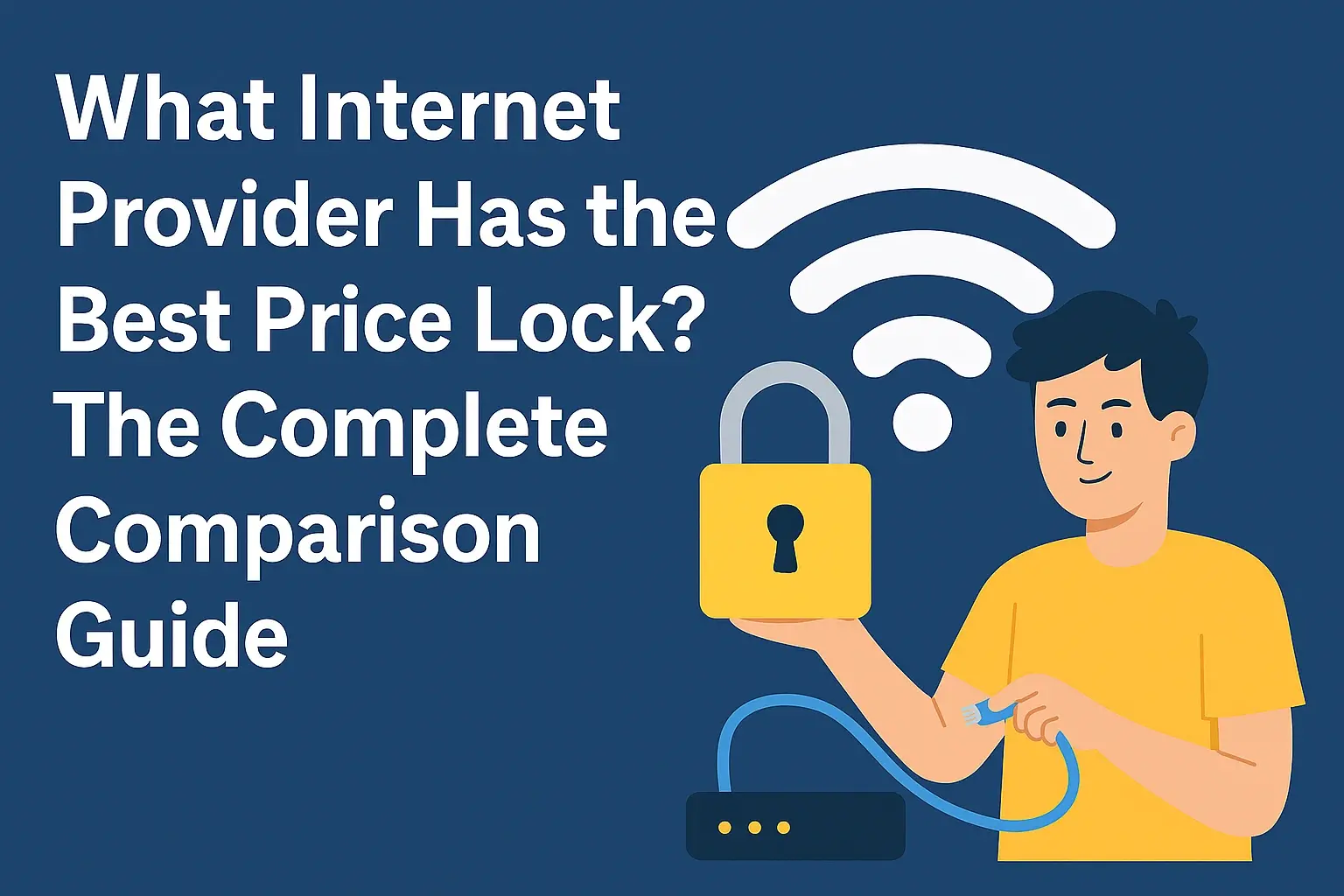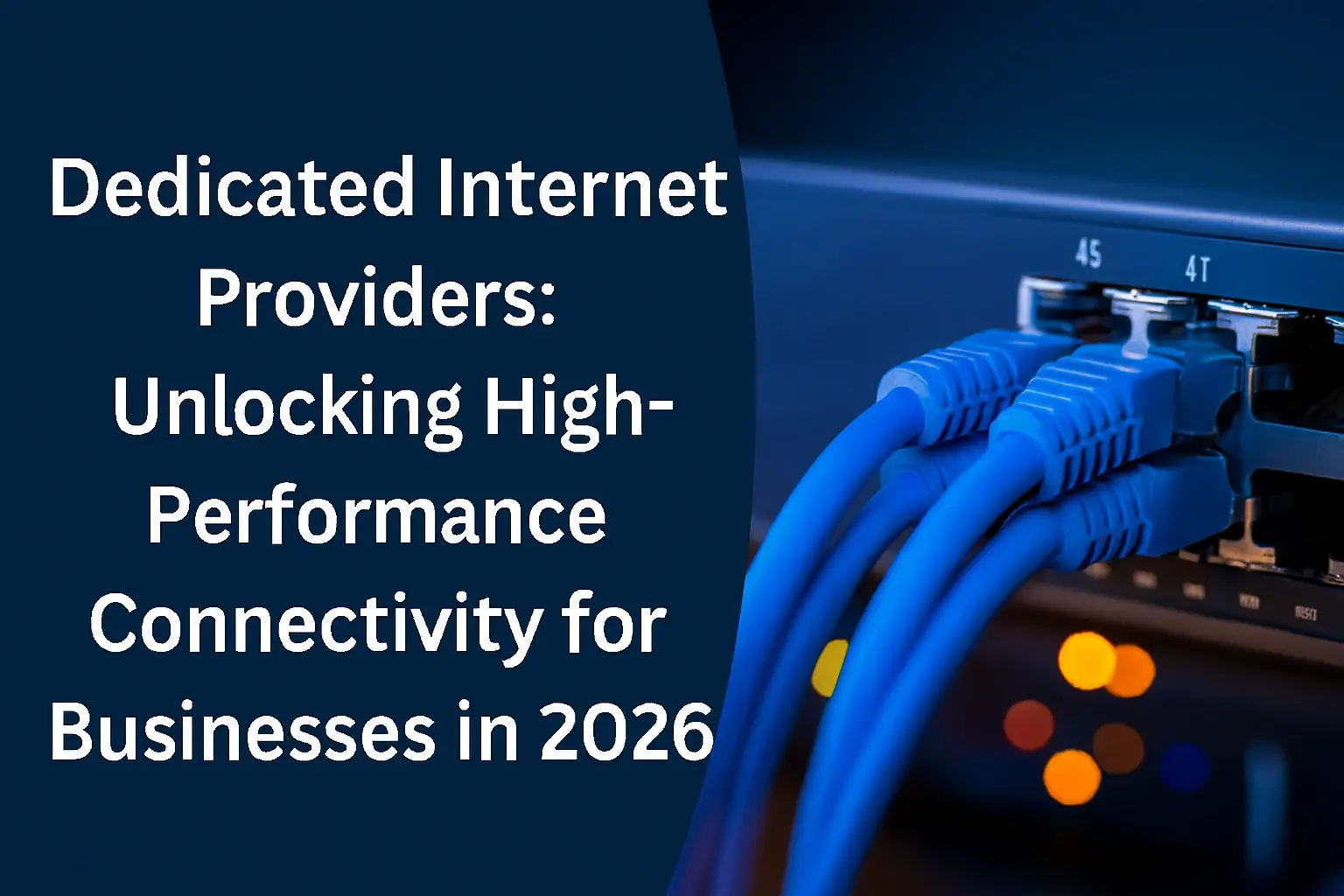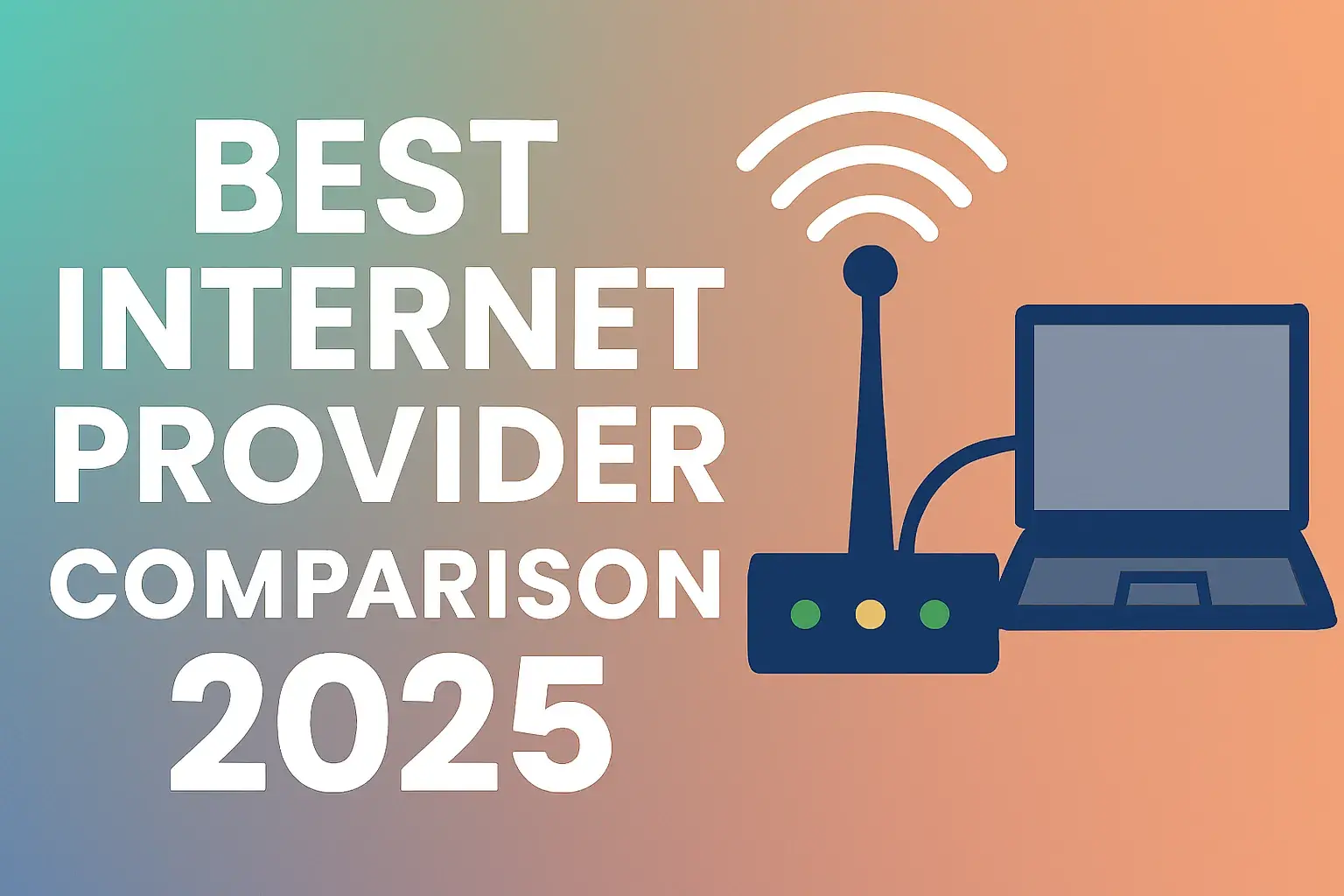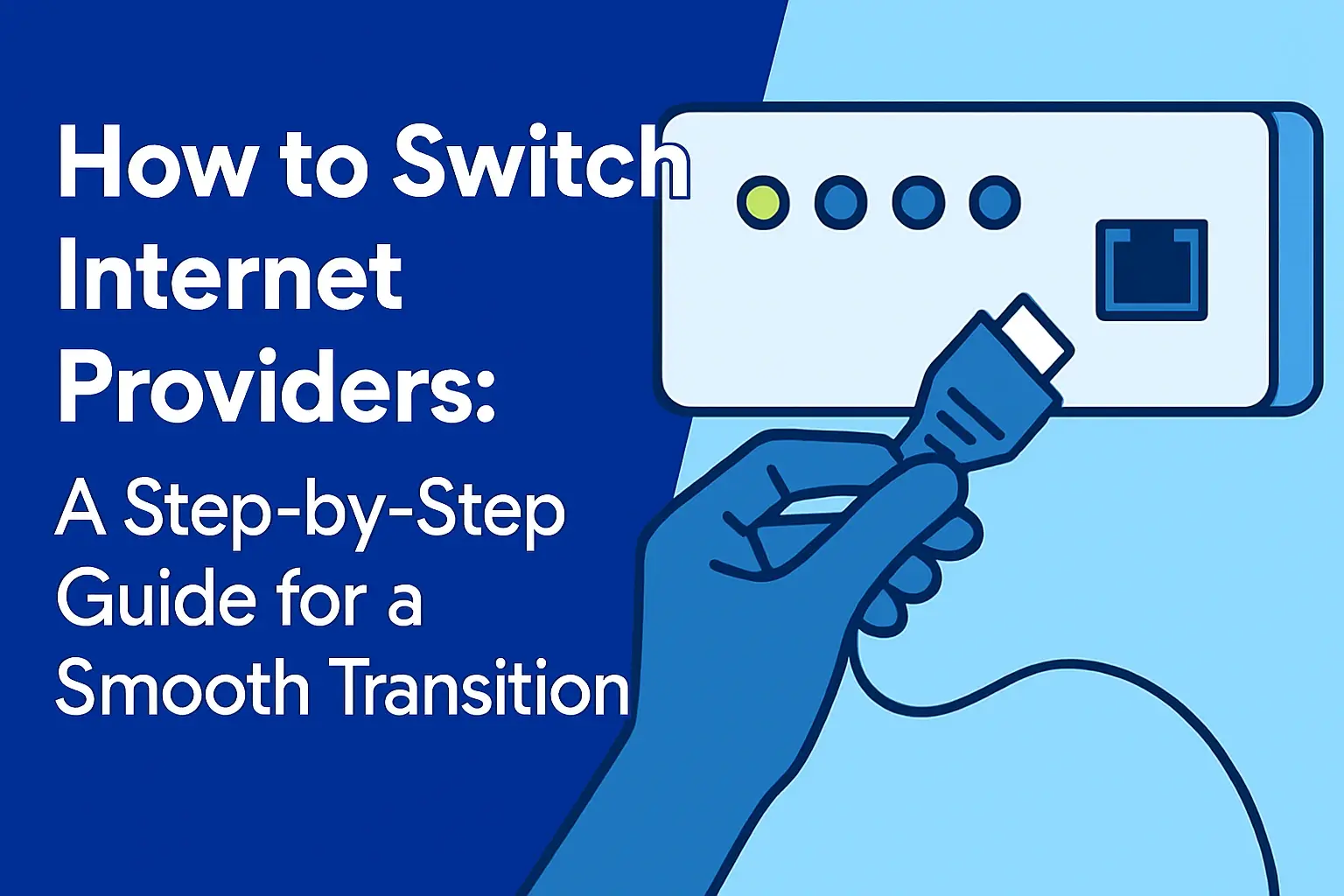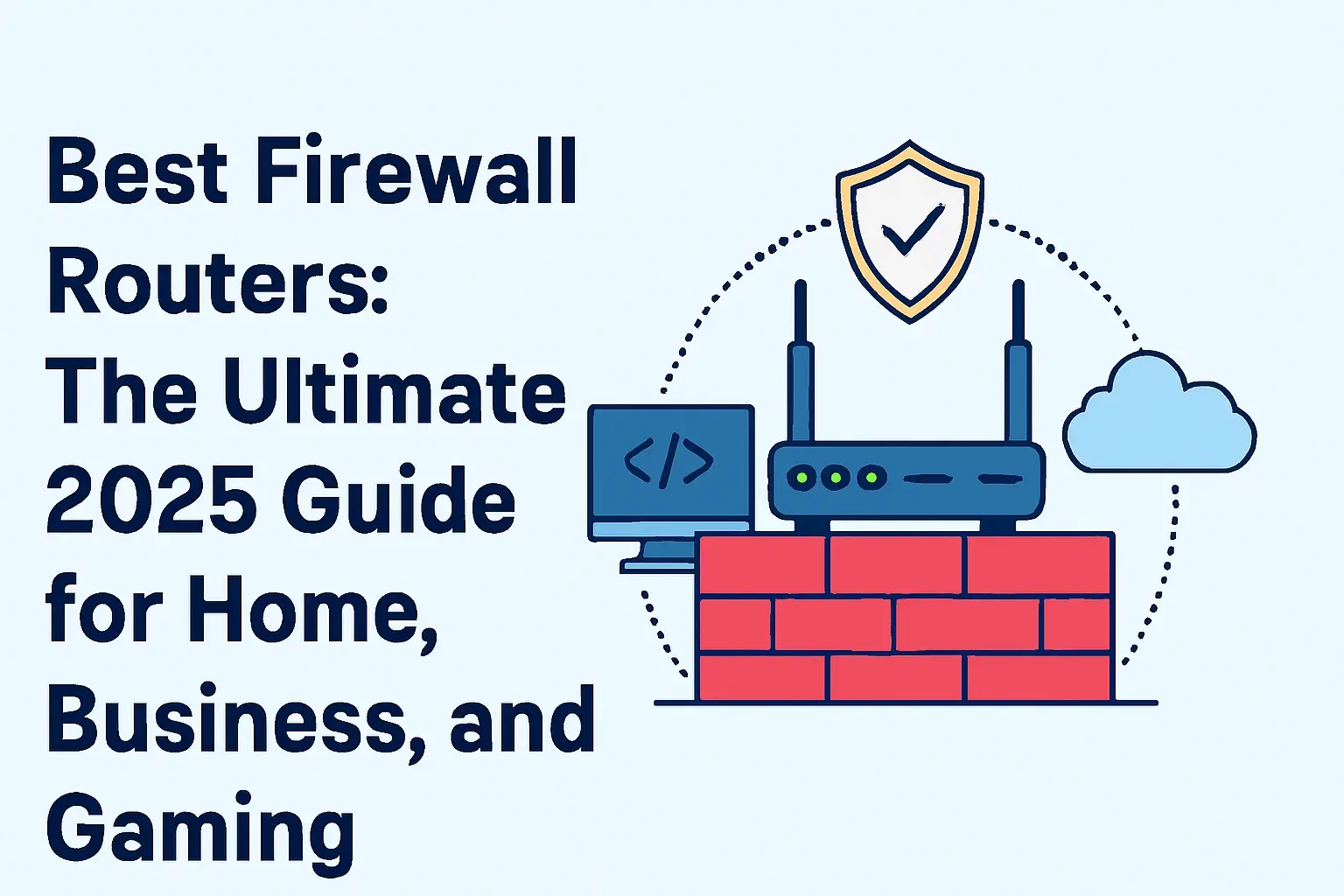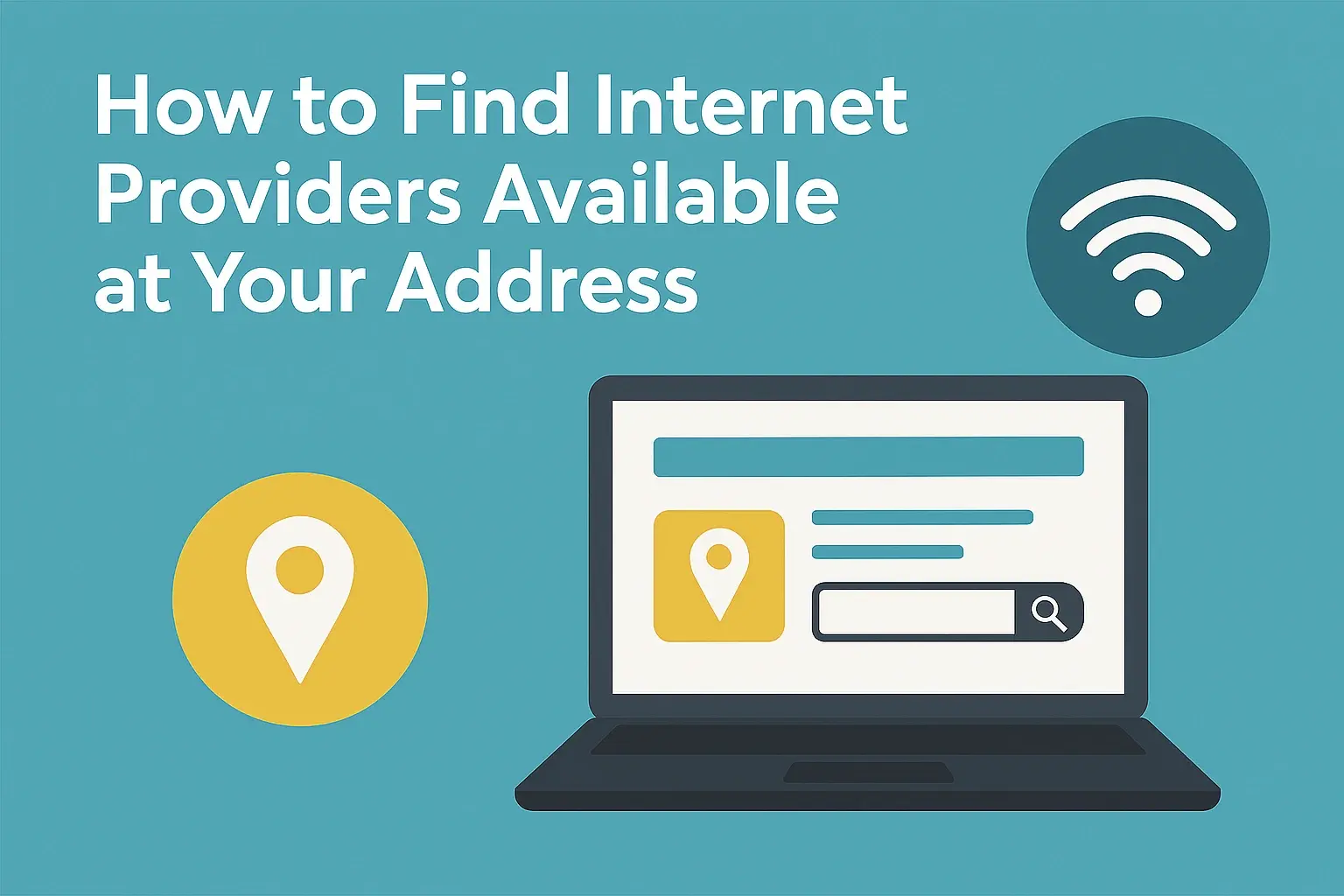
Introduction
In today’s connected world, a reliable internet connection is vital for work, education, entertainment, and staying in touch with loved ones. However, finding the right internet service provider (ISP) can be challenging, as availability varies significantly by address, even within the same neighborhood or ZIP code. Whether you’re moving to a new home, switching providers, or simply exploring better options, knowing how to find internet providers at your specific address is crucial. This comprehensive 2500-word guide, as of August 5, 2025, outlines the steps to identify available ISPs, compares different tools and methods, and provides insights into choosing the best provider for your needs. With detailed instructions, practical tips, and a robust FAQ section, this article will empower you to navigate the process with confidence, ensuring you stay connected no matter where you live.
Why Internet Availability Varies by Address
Internet availability depends on the infrastructure in your area, which can differ from one street to another. Factors like proximity to a provider’s central office, the presence of fiber-optic cables, or the availability of wireless towers influence which ISPs can service your address. Urban areas often have multiple options (e.g., fiber, cable, DSL), while rural locations may rely on satellite or fixed wireless due to limited wired infrastructure. Understanding these differences is key to finding the best provider for your specific location.
Types of Internet Connections
To make an informed decision, it’s helpful to understand the main types of internet technologies and their availability:
-
DSL (Digital Subscriber Line): Uses existing telephone lines to deliver internet, offering speeds from 1.5-100 Mbps. It’s widely available in areas with telephone infrastructure, but slows with distance from the provider’s hub.
-
Cable Internet: Delivered through coaxial cables, cable offers speeds up to 1 Gbps. It’s common in urban and suburban areas, but it can experience slowdowns during peak usage.
-
Fiber-Optic Internet: Uses light signals through glass fibers for speeds up to 10 Gbps. It’s the fastest and most reliable, but it's limited to areas with fiber infrastructure.
-
Satellite Internet: Provides service via satellites, ideal for rural areas, with speeds up to 270 Mbps (e.g., Starlink). It has higher latency (45-900 ms) and is weather-sensitive.
-
Fixed Wireless Internet: Uses radio signals from nearby towers, offering speeds up to 100 Mbps. Availability depends on local tower placement.
-
5G Home Internet: Leverages 5G mobile networks for speeds up to 1 Gbps, available in areas with strong 5G coverage.
These technologies determine which providers can serve your address and influence factors like speed, reliability, and cost.
Step-by-Step Guide to Finding Internet Providers by Address
Finding internet providers at your address is straightforward with the right tools and methods. Below is a detailed guide to help you identify and compare available ISPs:
1. Use Online Comparison Tools
Online tools aggregate data from multiple ISPs, making it easy to see which providers service your area. These platforms provide detailed comparisons of speeds, prices, and connection types. Here are some of the best options:
-
InMyArea.com: Enter your ZIP code or full address to see a list of providers, their coverage percentages, and available plans. The coverage percentage indicates how likely a provider is to service your exact address. For example, a 90% coverage rate suggests high availability, but you should confirm with the ISP.
-
HighSpeedInternet.com: This site allows you to input your ZIP code to view providers, speeds, prices, and customer reviews. It’s particularly useful for comparing fiber and cable options, which are recommended for their speed and reliability.
-
BroadbandNow.com: With data on over 2,891 ISPs, BroadbandNow offers a comprehensive search tool to find providers by address. It includes guides on selecting plans and troubleshooting Wi-Fi issues.
-
Allconnect.com: Provides a user-friendly interface to check providers by address, with details on connection types and promotional offers.
-
ISP Reports: Offers block-level accuracy for address-based lookups, showing real-world performance, pricing, and customer feedback.
How to Use These Tools:
-
Visit the website and locate the address or ZIP code search bar.
-
Enter your full address for the most accurate results, as ZIP codes alone may not reflect street-level availability.
-
Review the list of providers, noting speeds, prices, and connection types.
-
Compare plans based on your needs (e.g., speed for gaming, unlimited data for streaming).
These tools are updated regularly, but availability can change, so always verify with the provider.
2. Check ISP Websites Directly
Many ISPs have address lookup tools on their websites, allowing you to confirm availability and view specific plans. Major providers include:
-
Xfinity (Comcast): Visit www.xfinity.com and enter your address to see cable and fiber plans, often with speeds up to 1.2 Gbps.
-
Spectrum (Charter Communications): Check www.spectrum.com for cable internet plans up to 1 Gbps, with no data caps.
-
AT&T: Use www.att.com to check for DSL or fiber availability, with fiber plans offering up to 5 Gbps in select areas.
-
Verizon Fios: Visit www.verizon.com to confirm fiber availability, with speeds up to 2 Gbps.
-
CenturyLink: Check www.centurylink.com for DSL or fiber plans, with fiber speeds up to 940 Mbps.
How to Proceed:
-
Go to the ISP’s website and find the “Check Availability” or “Shop Plans” section.
-
Enter your address to see available plans and promotional offers.
-
Note any bundle deals (e.g., internet with TV or phone) that may save money.
Direct checks can reveal exclusive promotions not listed on comparison sites.
3. Utilize Government Resources
The FCC’s National Broadband Map (broadbandmap.fcc.gov) is a reliable tool for checking internet availability. It provides detailed data on providers, speeds, and connection types at your address, updated semi-annually by ISPs. Some states, like California (www.broadbandmap.ca.gov) or New York (mapmybroadband.dps.ny.gov), offer state-specific broadband maps for additional insights.
How to Use:
-
Visit the FCC’s broadband map website.
-
Enter your full address to view a list of providers and their reported speeds.
-
Use the map’s interactive features to explore coverage in your area.
These resources are particularly useful for verifying data from private tools and identifying government-funded broadband initiatives.
4. Explore Alternative Options
If traditional providers (cable, fiber, DSL) are unavailable, consider alternatives:
-
Satellite Internet: Providers like Viasat (www.viasat.com) and HughesNet (www.hughesnet.com) offer service nearly anywhere with a clear sky view, with speeds up to 150 Mbps and 50 Mbps, respectively.
-
Fixed Wireless Internet: Local providers or national companies like Rise Broadband deliver internet via radio signals, with speeds up to 100 Mbps.
-
5G Home Internet: Verizon and T-Mobile offer 5G home internet in areas with strong 5G coverage, with speeds up to 1 Gbps.
Check availability for these options using the same online tools or by contacting providers directly.
5. Ask Neighbors or Local Residents
Local insights can reveal smaller ISPs or providers not listed on national databases. Neighbors can share their experiences with reliability, speeds, and customer service, helping you make a more informed choice.
How to Proceed:
-
Ask neighbors or local community groups (e.g., via social media or forums like Reddit’s r/cordcutters) about their providers.
-
Inquire about smaller local ISPs, which may not appear on national comparison sites.
Factors to Consider When Choosing an ISP
Once you’ve identified available providers, consider these factors to select the best one:
-
Speed: Ensure the provider offers speeds that meet your needs. For small households, 100 Mbps is sufficient for browsing and streaming. Larger households or heavy users (e.g., gamers, 4K streamers) may need 500 Mbps or more.
-
Price: Compare monthly costs, including installation fees ($0-$200), equipment rentals ($5-$15/month), and potential price increases after promotional periods (e.g., $20-$50/month hikes).
-
Data Caps: Some providers, especially satellite ISPs, impose data caps (e.g., 10-50 GB), leading to throttling. Look for unlimited data plans, common with cable and fiber providers like Spectrum.
-
Reliability: Fiber and cable are more reliable than DSL or satellite, which can be affected by distance or weather. Check customer reviews on sites like HighSpeedInternet.com for reliability insights.
-
Customer Service: Providers with strong support (e.g., Verizon Fios) can resolve issues faster. Read reviews on ISP Reports or Reddit for real-world feedback.
-
Contract Terms: No-contract plans (e.g., Spectrum) offer flexibility, while contract-based plans (e.g., some AT&T plans) may have lower rates but early termination fees.
Comparison Table of Internet Connection Types
|
Connection Type |
Max Speeds |
Availability |
Reliability |
Best For |
|---|---|---|---|---|
|
DSL |
1.5-100 Mbps |
Urban/suburban |
Moderate |
Budget users, light browsing |
|
Cable |
Up to 1 Gbps |
Urban/suburban |
High |
Streaming, gaming |
|
Fiber |
Up to 10 Gbps |
Limited (urban) |
Very high |
Heavy users, large households |
|
Satellite |
25-270 Mbps |
Near-universal |
Weather-dependent |
Rural areas |
|
Fixed Wireless |
Up to 100 Mbps |
Varies (rural/urban) |
Moderate |
Areas without wired options |
|
5G Home Internet |
Up to 1 Gbps |
5G coverage areas |
High |
Urban/suburban with 5G |
Conclusion
Finding internet providers available at your address is a critical step to securing a reliable and fast connection tailored to your needs. By using online tools like InMyArea.com, checking ISP websites, leveraging government resources like the FCC’s National Broadband Map, and exploring alternatives like satellite or 5G home internet, you can identify all available options. Once you have a list of providers, compare speeds, prices, reliability, and contract terms to choose the best fit. With the right approach, you’ll ensure seamless connectivity for work, streaming, gaming, or staying connected, no matter where you live. Start your search today at www.inmyarea.com or broadbandmap.fcc.gov.
FAQs: Finding Internet Providers by Address
1. How do I know if a provider is available at my address?
Use online tools like InMyArea.com or BroadbandNow.com to enter your address and see a list of providers. For precise results, check directly on ISP websites like www.xfinity.com or use the FCC’s National Broadband Map (broadbandmap.fcc.gov).
2. What if no providers are available in my area?
If traditional providers (cable, fiber, DSL) are unavailable, consider satellite internet from Viasat or HughesNet, or fixed wireless from local providers. 5G home internet from Verizon or T-Mobile may also be an option in areas with 5G coverage.
3. How can I compare different providers’ plans?
Comparison sites like HighSpeedInternet.com and Allconnect.com allow you to compare speeds, prices, data caps, and customer reviews. Check ISP websites for exclusive promotions.
4. Is it better to bundle internet with TV or phone?
Bundling can save money if you need multiple services (e.g., Spectrum’s bundles start at $30-$40/month). However, if you only need internet, standalone plans may be cheaper. Evaluate your needs and budget before deciding.
5. What are the differences between DSL, cable, fiber, and satellite internet?
-
DSL: Uses telephone lines; moderate speeds (1.5-100 Mbps); widely available but distance-sensitive.
-
Cable: Uses coaxial cables; speeds up to 1 Gbps; reliable but can slow down during peak times.
-
Fiber: Uses fiber-optic cables; speeds up to 10 Gbps; highly reliable but limited availability.
-
Satellite: Uses satellites; speeds up to 270 Mbps; ideal for rural areas but weather-dependent.
6. How often should I check for new internet providers in my area?
Check every 6-12 months, especially if you’re dissatisfied with your current service. New providers may enter your area, or existing ones may upgrade infrastructure, offering better speeds or prices.
7. Can I switch internet providers easily?
Switching is straightforward if you’re not under contract. If you have a contract, check for early termination fees (e.g., $20/month remaining with HughesNet). Contact your new provider to coordinate the switch.
8. Why does internet availability vary within the same ZIP code?
Availability depends on local infrastructure, such as fiber cables or wireless towers. Even neighboring streets may have different options due to provider coverage or physical barriers.
